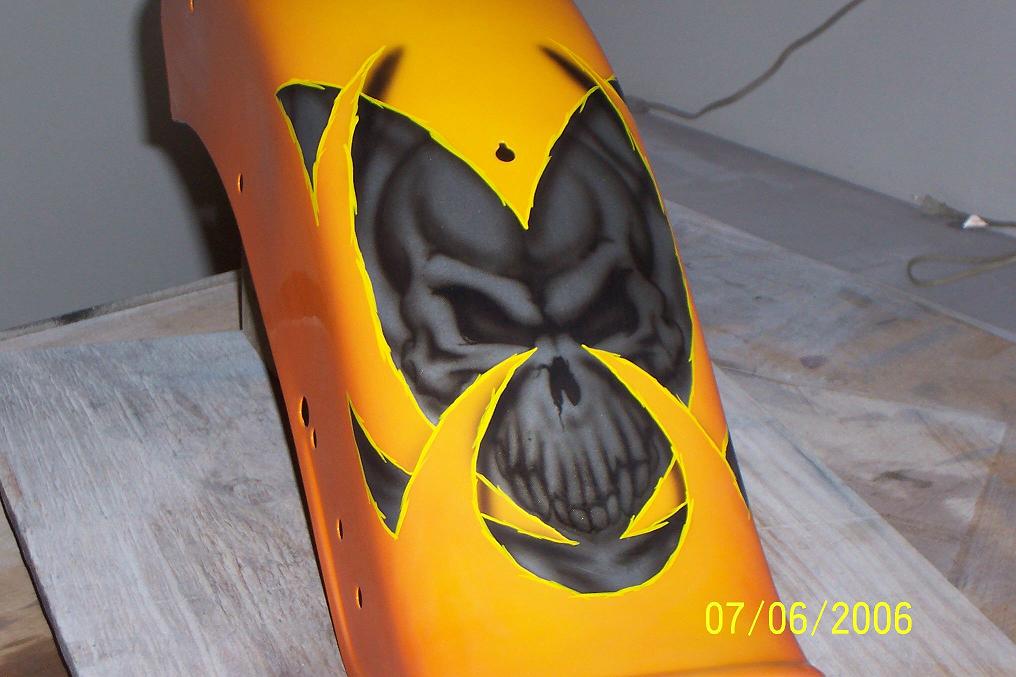
 |
|
||||||||||||
|
|
|||||||||||||
|
|
|||||||||||||
|
|
|||||||||||||
|
Paint booths When painting small parts, they can either be conveyed through a spray booth on an overhead conveyor (continuous flow booths in high volume production) or loaded and unloaded through the same opening (dead-end batch spray booth in low volume production). In the first and second cases, the painting process is carried out through an open aperture, and the workplace of a person is outside the chamber. If it is necessary to apply a layer of paint material on the product of medium dimensions, then the painting process is carried out while being outside the chamber, with the air flow crosswise. In this case it is necessary to turn the painted product (so that the paint material is evenly distributed on the surface). Products and parts of large size are painted in paint booths with longitudinal air flow or bottom air suction. It is not possible to paint large and medium sized parts through the working aperture (being outside the booth). In order to create satisfactory working conditions in the spray booths, some rules must be strictly observed. The product must be painted in a certain sequence. First of all, the paint is applied to the end of the product, which is located at the hydraulic filter in the back of the booth. Then the sides of the product (the paint flow goes from the depth of the chamber from the hydraulic filter to the outlet). Last the end of the product is processed, which is located directly at the exit from the chamber. If the paint spraying booth is of the through-type, then during painting the opening at its end (almost at the most hydrofilters) must be closed. Despite all the variety of paint spraying booths with wet hydrofilters, and their design features, they have some details that are similar in principle of operation and device. For example, ventilation unit with ducts, camera body, hydraulic filter. Components of the hydraulic filter in the paint booths are: its body, bath, pumping unit and separator, piping system, devices for water curtain formation. Classification of paint spraying booths All paint spraying booths are divided into the following groups according to the organization of production: through and dead-end. Classification of paint spraying booths: - Walk-through with overhead conveyor, with transverse air suction, continuous or batch operation. They are used for painting of medium and small size products in in-line production. - Continuous or batch-type pass-through booths with floor conveyor, longitudinal bilateral air suction and partial coverage of the surface of the product to be coated. Paint booths of this type are used when painting flat goods (e.g. wagons) in case of non-inline and inline production. - Continuous flow paint spraying booths with floor conveyor, batch operation and with longitudinal air suction. They are used for painting of medium and large size parts (in in-line production). - Continuous-acting overhead conveyor painting booths with transversal air suction. These paint spraying booths are widely used for long products and small and medium size details. - Continuous-type paint spraying booths with floor and overhead conveyor, batch operation and bottom air suction. The paint spraying booth is used for application of the paint material to large products of small height (in-line production). - Continuous or intermittent passage with floor and overhead conveyor, upper air inlet and bottom suction. Used for painting medium and large parts in in-line production. - Paint spraying booths with upper air inlet and bottom suction, monorail, cart and turntable. Widely used for painting large and medium sized parts in non-stream production. - Paint booths with turntable, cart and monorail with cross-draught air exhaust system, designed for painting medium size parts. - Dead-end paint spraying booths with turntable, cart and monorail with transverse air suction are designed for painting of small objects. By method of air cleaning from paintwork material (paint mist) paint spraying booths are distinguished: with dry filters and hydraulic filters. Paint spraying booths with dry filters are less efficient than those with hydraulic filters. Wet paint mist air cleaning makes it easier to clean the interior surfaces of the filter, ducts, fans and pipelines from the paint. Wet filters ensure maximum explosion and fire safety of paint spraying units and chambers. Dry filters are used very rarely, often only in laboratories where paint spraying booths are minimally loaded. |
|
|
|
|
|
|
|
| Site Map |